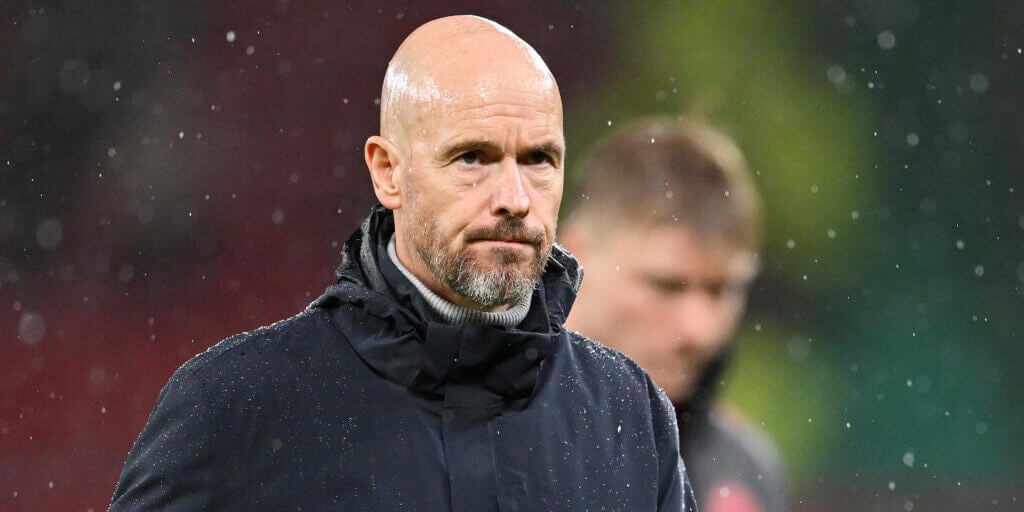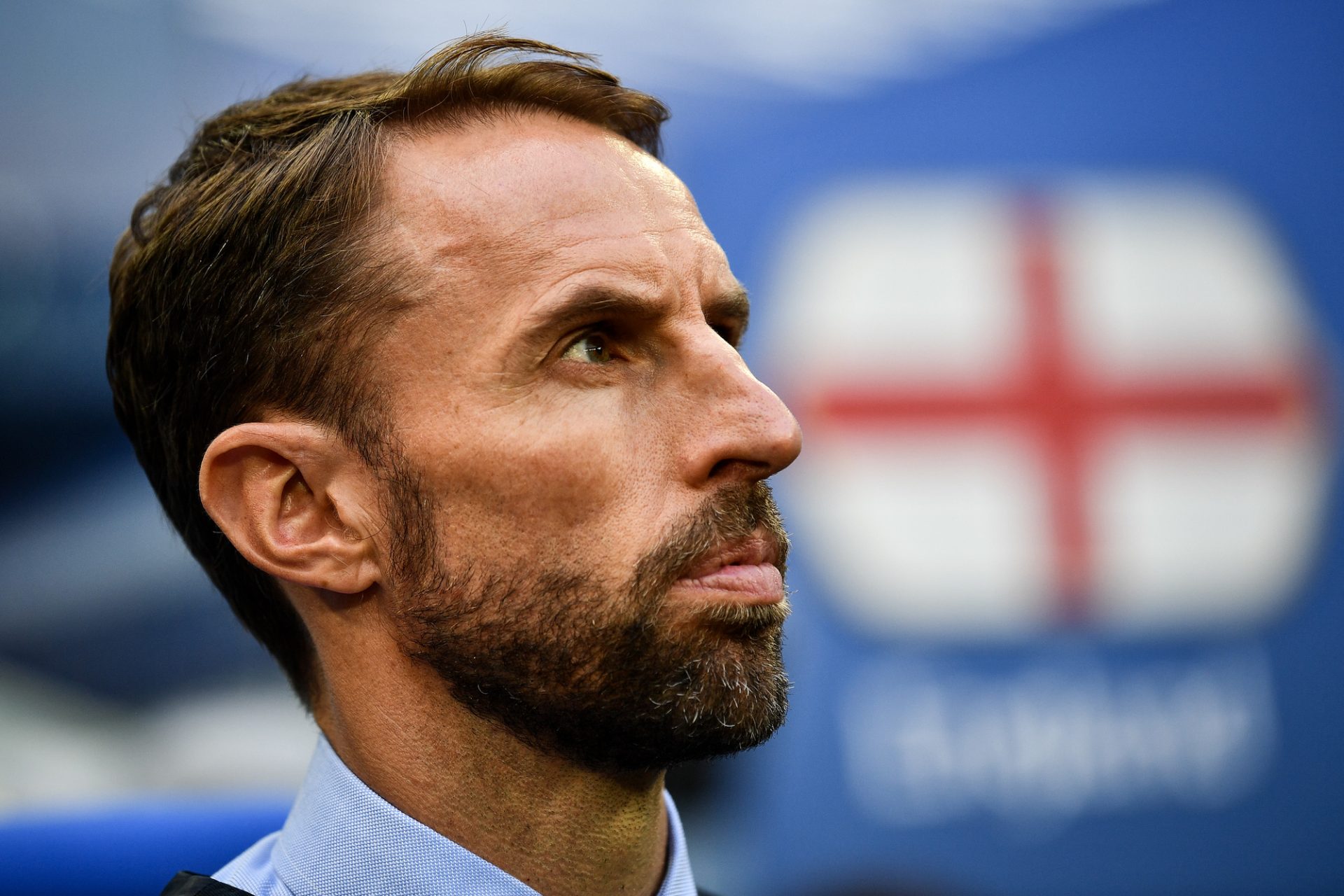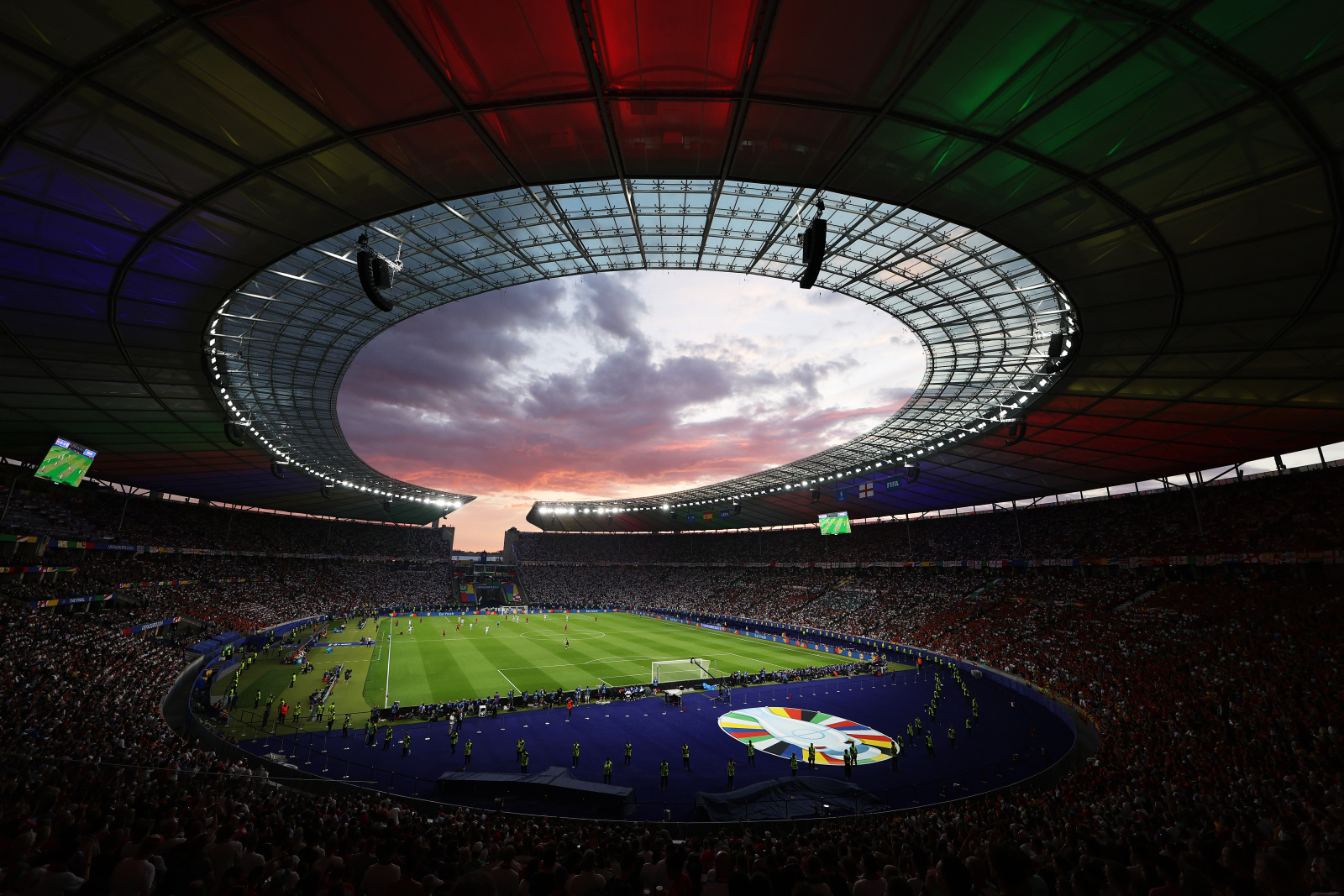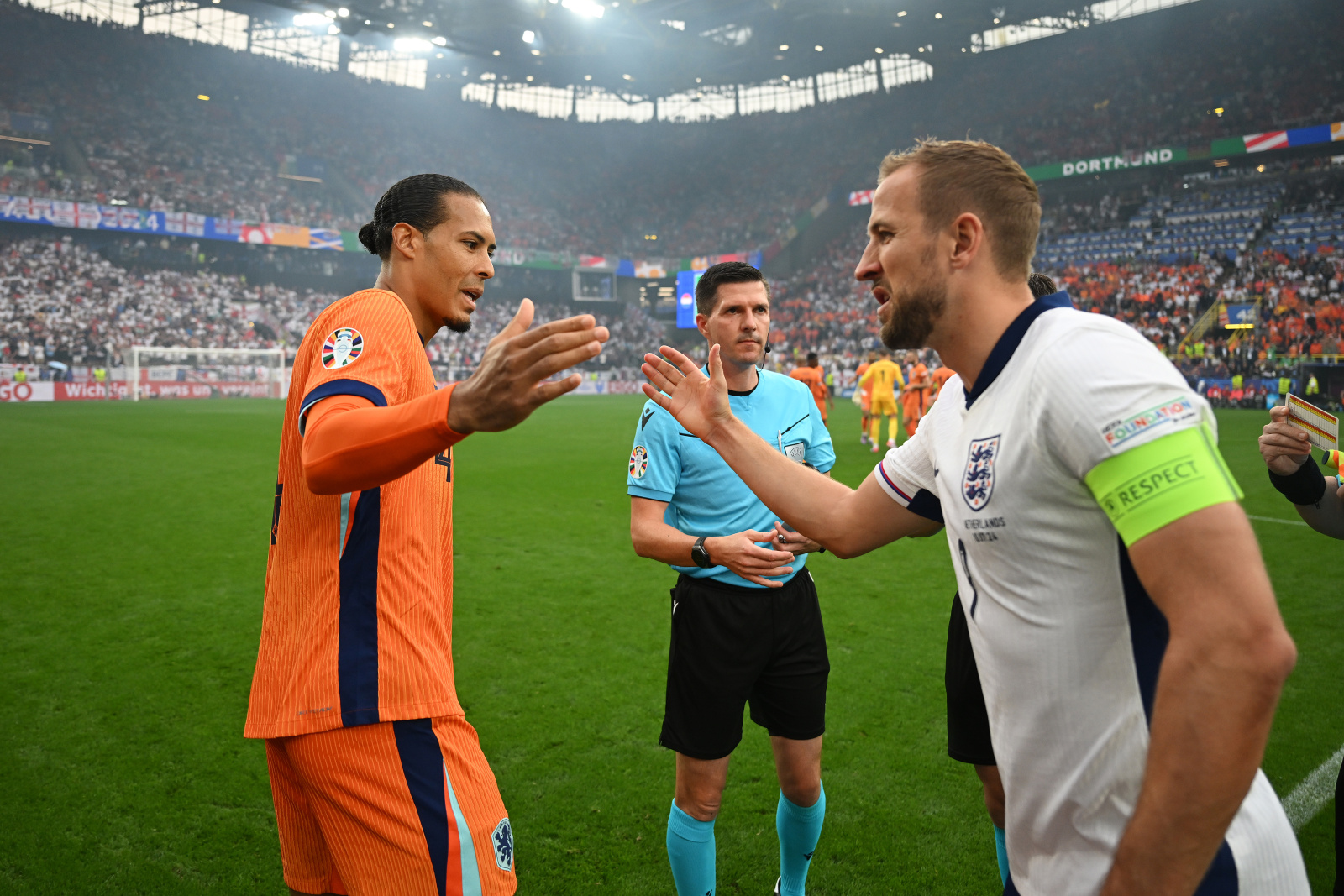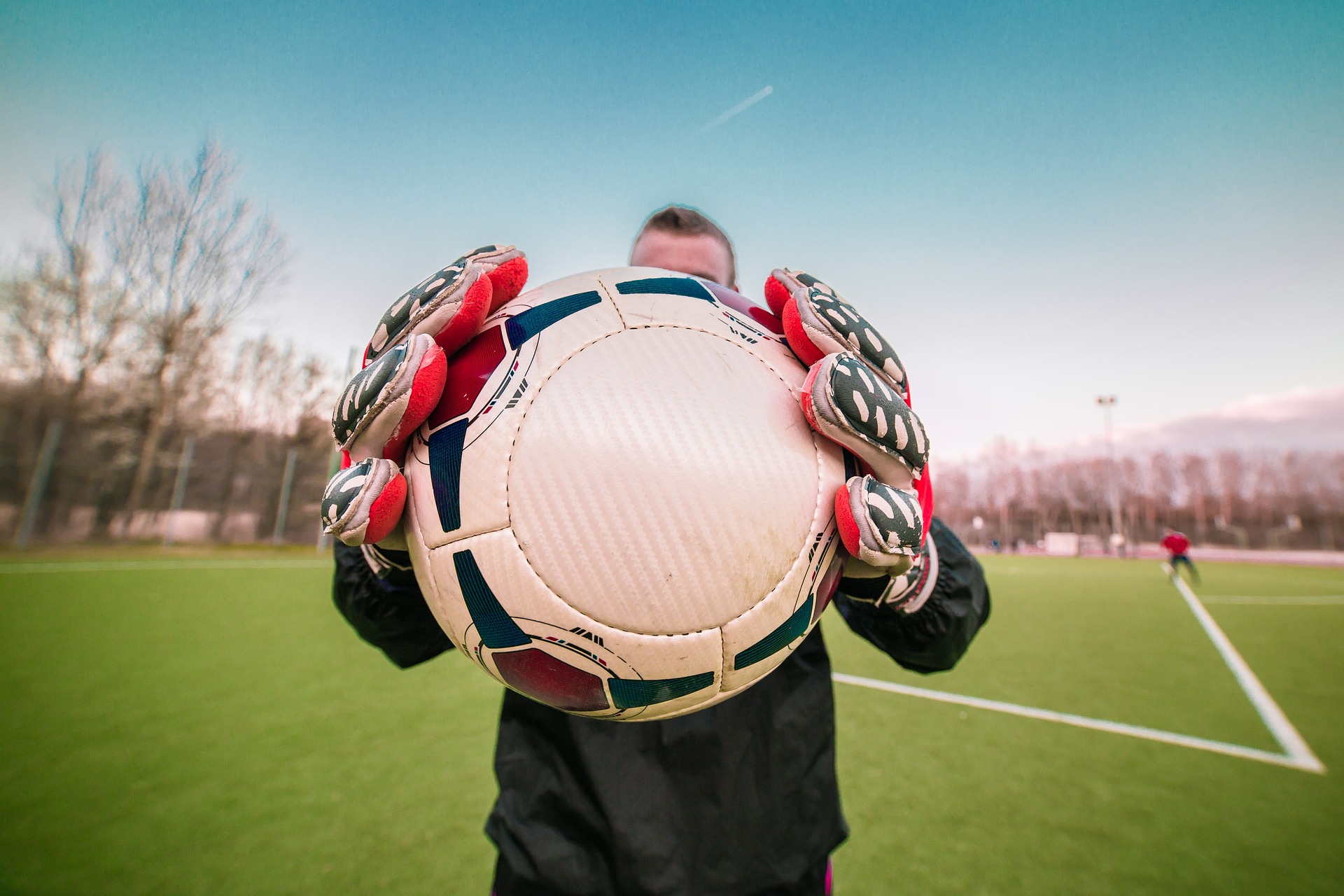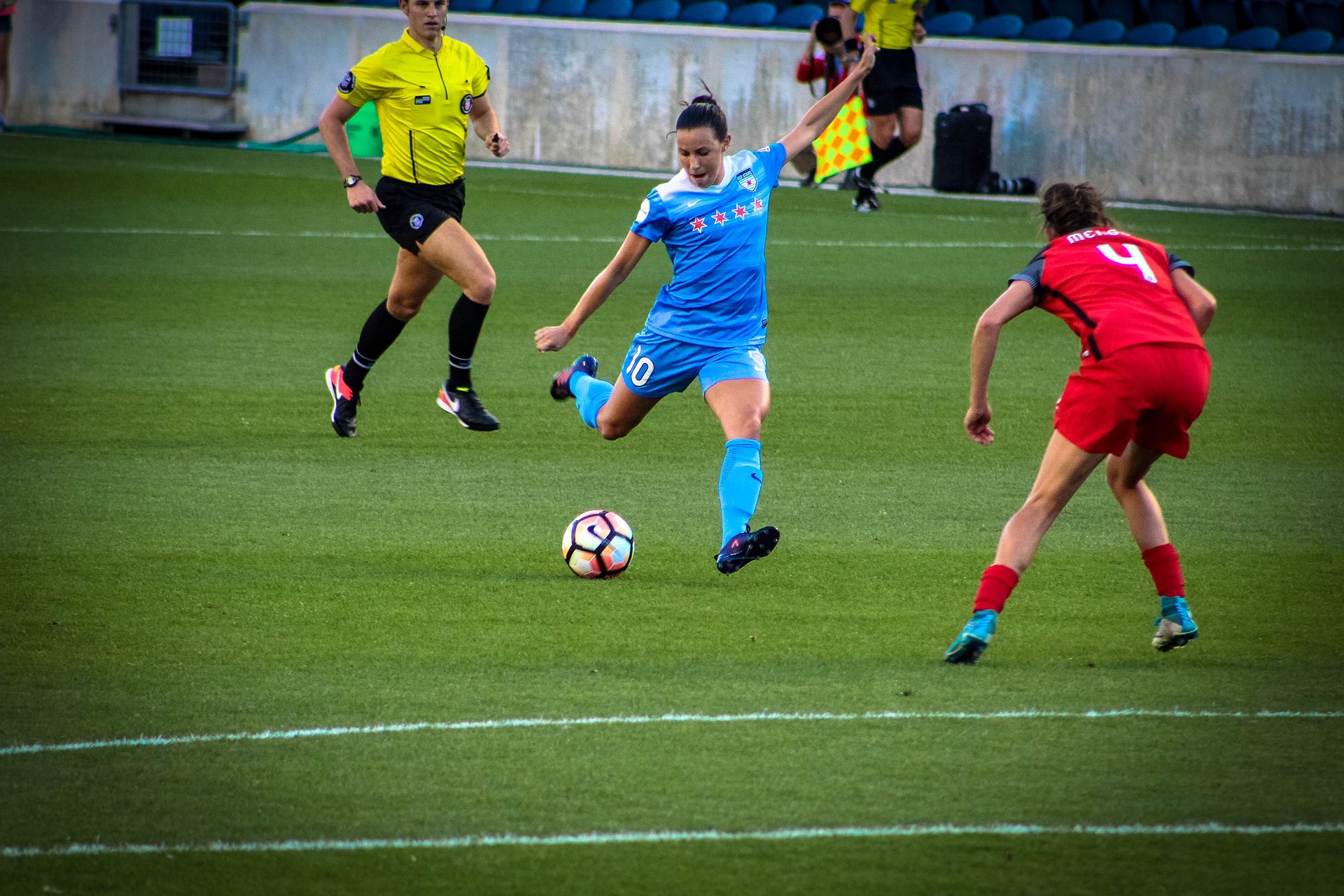Do Strikers Have to Defend in Soccer?
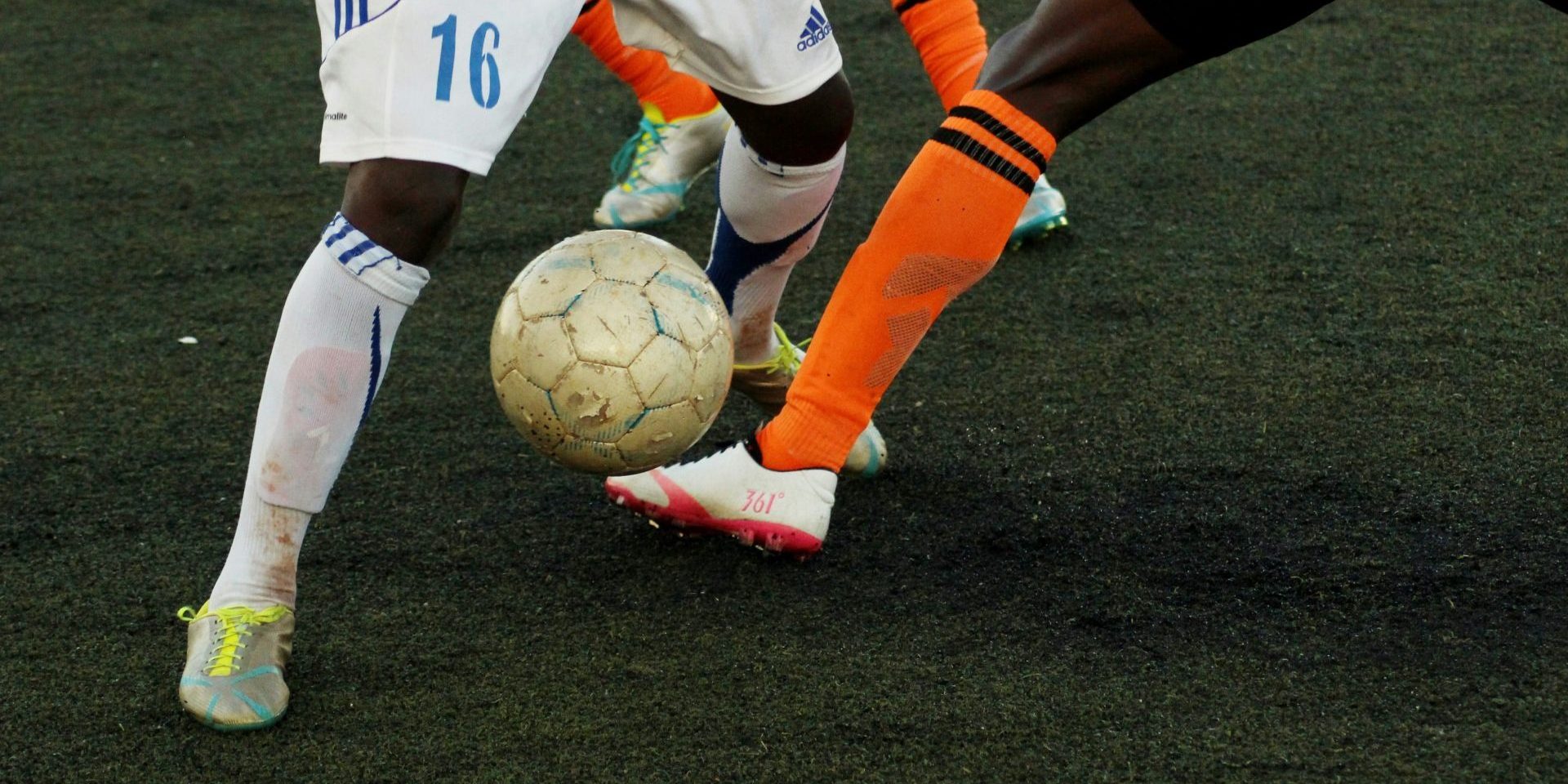
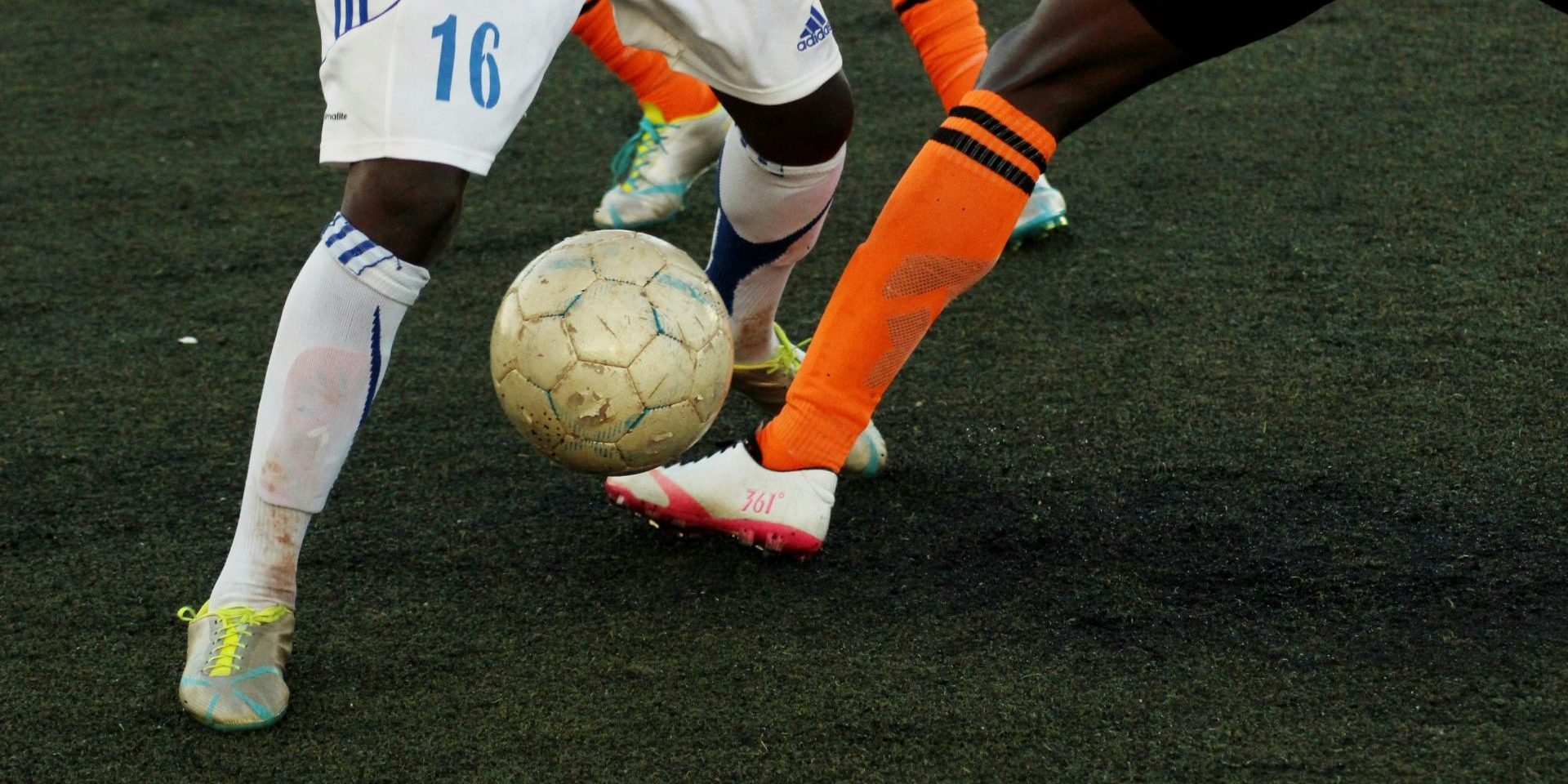
Table of Contents
In soccer, strikers are often celebrated for their ability to score goals and are chiefly responsible for giving their teams the edge on the offensive front. The primary duty of a striker is to convert chances into goals, positioning themselves near the opponent’s goal to capitalize on scoring opportunities. This role requires a blend of technical skill, agility, and keen spatial awareness to outmaneuver defenders and find the back of the net.
However, the game of soccer is fluid, and every player, including strikers, may be required to contribute to the team’s defensive efforts. Strikers sometimes retreat to support their team’s defense, particularly in scenarios where their team is leading and needs to maintain the advantage. By applying pressure on opposing defenders and midfielders, they can disrupt the build-up of attacking plays, potentially winning possession and allowing their team to transition back to offense. This dual responsibility highlights the importance of a versatile skill set, even for players known for their attacking prowess.
The Role of Strikers in Soccer
In soccer, strikers play a pivotal role as the team’s main offensive force, leading the charge to score goals and win matches.
Primary Objectives and Responsibilities
Primary Objective: The core duty of a striker is to score goals. To achieve this, strikers must possess a keen sense of movement and finishing skills to capitalize on scoring opportunities. Their tasks encompass more than just hitting the ball towards the goal; strikers engage in creating space and outmaneuvering defenders to orchestrate clear shots on target.
- Attacking Prowess: Strikers lead the offensive play by applying pressure on the opposition’s defense. They need to be agile, possess quick reflexes, and exhibit superior ball control.
- Spatial Awareness: Good strikers are always aware of their position in relation to the ball, their teammates, and opponents. This allows them to exploit gaps in the defense and receive the ball in a position to threaten the goal.
- Team Play: A striker should work in sync with their team, not just aiming to score themselves but also setting up goals for others by using clever passes or drawing defenders away.
Variations of Striker Positions
Different types of strikers exist within the role, each providing unique skills and functions on the field.
- Center Forward (Number 9): A classic striker who is often physically strong, excels in the air, and thrives on crosses and through balls to score.
- Second Striker: Plays off the main forward, providing support, creating plays, and scoring opportunities for both themselves and the lead striker.
- False Nine: An unorthodox role where the striker drops deeper into midfield to disrupt traditional defending lines, often leading to confusion and creating spaces for team attacks.
- Wingers: These are forward players located on the sides of the pitch, known for their speed and crossing ability to assist central strikers.
- Target Man: A striker known for their height and strength, serving as a focal point of attacks by holding the ball up and allowing the team to move forward.
- Poacher (Finisher): They excel at scoring from close range, often in the right place at the right time, taking advantage of any loose ball or deflection in the penalty area.
Each variation brings a set of skills tailored for specific tactics, playing against certain opponent defenses, or harnessing different team strengths. The best strikers not only score consistently but also adapt their play to the needs of their team, making them invaluable members on the pitch.
Defensive Duties of a Striker
Defending from the Front
The role of a striker transcends merely scoring goals; it encompasses a proactive approach to reclaiming possession. This is often executed through pressing, where a striker applies pressure on defenders, forcing them to make mistakes or misplace passes. The objective is to instigate turnover of the ball high up the pitch, enabling the team to quickly transition to an attacking phase. In this strategy, energy and work rate are vital, as strikers need to consistently challenge defenders and disrupt their play.
Strikers in Set-Piece Defense
During set pieces, such as corners or free-kicks, strikers frequently have defensive responsibilities within their own penalty area. Their height and physical presence can be essential for clearing balls delivered into the box, particularly through headers. Effective marking is also critical, as strikers may be assigned to track the movements of specific opponents—often those who pose a significant aerial threat. This teamwork underlines the importance of tactical knowledge and positional awareness in defending set pieces.
Skills and Attributes of Top Strikers
Top strikers in soccer exhibit a blend of technical prowess and physical as well as mental strengths that make them formidable on the pitch.
Technical Skills Required
Dribbling: Strikers need to maneuver the ball through tight spaces and past defenders, maintaining close ball control.
- First Touch: The ability to receive and control the ball efficiently sets up opportunities for effective playmaking.
- Shooting and Finishing: Precision in directing the ball towards the goal, coupled with the power to strike effectively from various distances and angles.
- Passing Skills: While primarily scorers, strikers also assist in plays, necessitating accurate short and long passes.
- Ball Control: Maintaining possession under pressure is essential, with an emphasis on skillful turns and shielding.
- Headers: Winning aerial duels and redirecting the ball towards the goal with accuracy is a valuable asset.
Physical and Mental Attributes
Speed and Agility: Quick acceleration and the agility to change direction swiftly are crucial for evading defenders and creating scoring opportunities.
- Strength and Balance: Being able to hold off opponents and maintain stability during challenges is important for a striker’s physical dominance on the field.
- Stamina and Endurance: The capacity to sustain high-intensity efforts throughout the game is vital for maintaining a threat to opposition defenses.
- Mental Toughness and Dedication: A forward must remain focused and resilient in the face of challenges and competitive pressure.
- Decision-Making: Intelligent choices in positioning and during plays are a testament to a striker’s game awareness and strategic thought.
- Dedication: Commitment to continuous improvement and training ensures that a striker’s skills remain sharp and effective.
Influential Strikers in Soccer History
The game of soccer is graced with strikers who have not only displayed exceptional goal-scoring abilities but have also inspired fans worldwide through their dedication and leadership. Their impact extends beyond the score sheet, contributing to their teams’ successes and influencing the game at large.
Legendary Figures and Their Impact
- Lionel Messi: Known for his extraordinary vision and leadership, Messi’s contributions as a forward have earned him multiple Ballon d’Or awards. His dedication to the sport and ability to score pivotal goals have made him a fan favorite and a legendary figure in soccer history.
- Cristiano Ronaldo: Manifesting sheer dedication and unparalleled athleticism, Ronaldo’s prolific goal-scoring record for every team he has played for marks him as one of the best strikers of all time. His influence is profound, with countless fans emulating his playing style and approach to the game.
- Robert Lewandowski: With exceptional positioning and finishing skills, Lewandowski has continuously demonstrated why he is one of the most feared strikers in the world. His goals have been vital for both club and country, showcasing his role as a dedicated and potent goal scorer.
- Didier Drogba: Drogba brought a combination of physicality and technical skill to the striker position, famously leading his club to numerous victories. His leadership on and off the pitch has had a lasting influence on teammates and aspiring players.
- Karim Benzema: Benzema’s vision and ability to both score and assist have been crucial for his team’s success. His commitment to improving and adapting his play style over the years has kept him at the top of the game as a versatile and highly effective striker.
Strikers’ Impact on Team Dynamics and Success
Strikers hold a pivotal position in soccer, shaping both the attacking force of the team and the overall success in games.
Leading the Attack and Supporting Teammates
Strikers, as the forward-most players, are primarily tasked with scoring goals, which are essential for team victory. Their ability to lead the attack involves more than just attempting to score; they must possess excellent technical skills, such as precision ball control and elite finishing abilities. Strikers often act as the focal point of the team’s attacking formation, working closely with midfielders and wingers. Effective strikers read the game well, anticipate play development, and position themselves to receive passes or create opportunities for their teammates.
Their role also extends to supporting teammates by drawing defenders away and creating space for others to move into. For example, a striker’s clever movement can pull opposing defenders out of position, disrupting the opponent’s formation and increasing the attacking options for their own team. Coaches depend on strikers to execute game plans and adapt to the dynamics of the match. Strong communication and coordination with teammates are vital as they often lead the press when the team is not in possession, setting an aggressive tone that the rest of the team can follow.
By effectively leading the attack and supporting their teammates, strikers significantly influence the team dynamics and are a key factor in the pursuit of achieving in-game objectives and securing victories.

